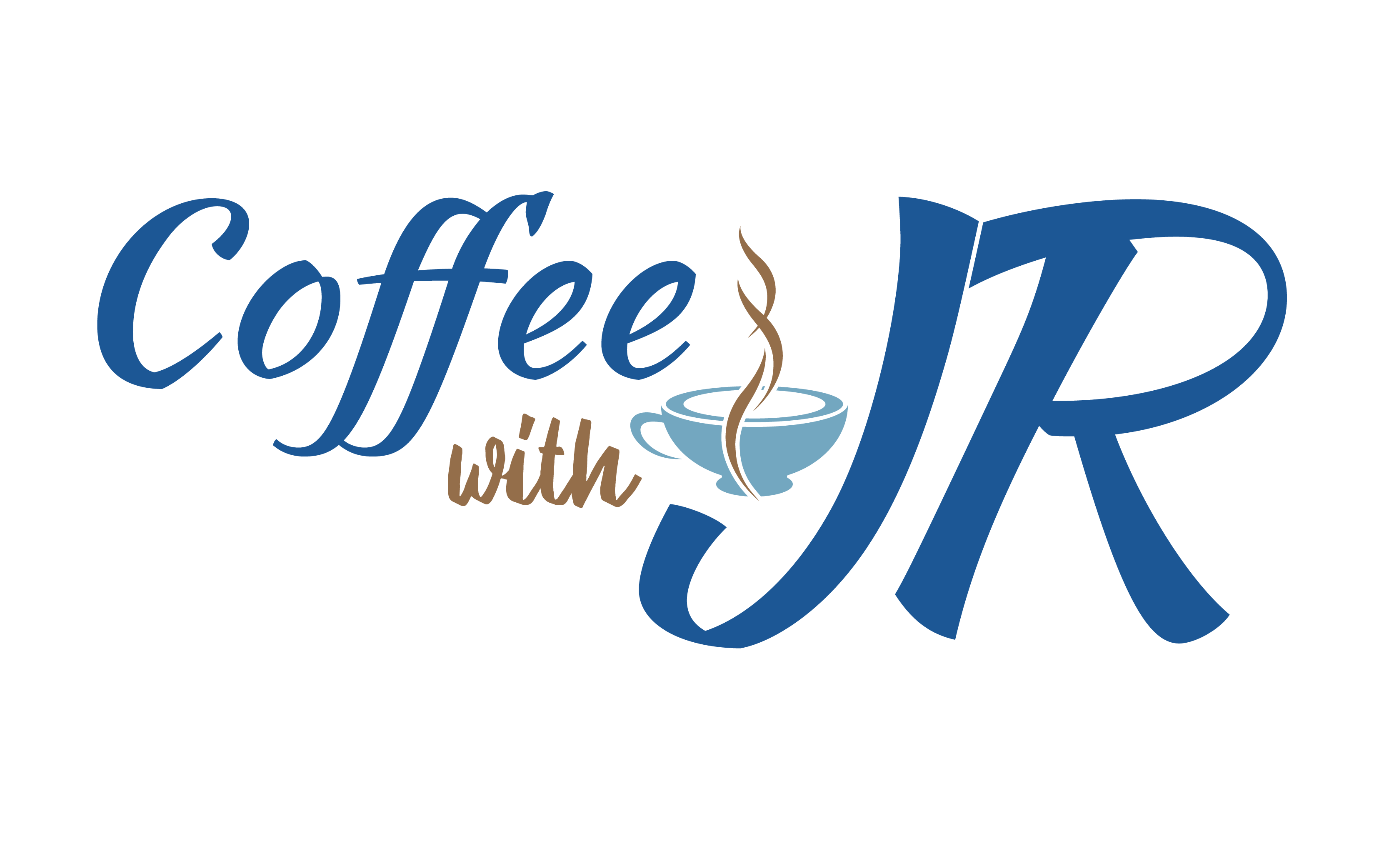
This blog is written by Natalie Lortz, a guest blogger of CoffeeWithJR.
There are, no doubt, benefits to having an excuse to host Asian American Pacific Islander (AAPI) centered events and partake in the beauty of local communities. The undeniable sense of pride that comes with being plugged into your own community can be grounding for many who did not grow up with that luxury. On a grander scale, companies like Spotify and Netflix feature Asian American artists and work all month. And while campaigns like this are positive, I can not help but feel disappointed and slightly frustrated. I’m disappointed that racial bias has impeded our path to representation to the point of needing an ordained heritage month and I’m frustrated that systemic racism remains unaffected by these efforts at performative cultural competency.
The novelty of Asian American commemoration is yet another reminder of how Othered we usually are in the eyes of society. It also begs the question, “Why weren’t these artists showcased before? What barriers stopped a more authentic recognition based on merit rather than ethnic identity?” Unfortunately, I do not have to look very far to find potential answers to these questions.
For instance, the Perpetual Foreigner Stereotype is an active racist trope that registers Asians as foreigners, due to their looks, no matter the length of their stay in the United States. The perception dictates that Asians are unable to assimilate, blocking their opportunities and leading to national scapegoating for wars, economic decline,… and pandemics. This idea ties right into Orientalism, which is Edward Said’s term to describe the view of Asia (a.k.a. “The East” or “The Orient”) from European, or “Western” scholars. Typically, this perspective adopts a colonialist lens and illustrates Asia as a backward, uncivilized, and ultimately lesser continent (If these descriptions intrigue you, I encourage you to utilize one of many online resources that further elaborate on these concepts to learn more).
It’s ironic to me that AAPI month is full of spaces where traditional garb is encouraged, yet Asian fashion elements are consistently commodified and treated as trends in fast fashion. Chinese, Japanese, and even Korean characters are printed onto clothes and marketed to the masses, when, simultaneously, hundreds (if not thousands), across the nation spew anti-Asian rhetoric and mock these same languages.
How many Asians have grown up hating their eyes just to witness the “Fox eye trend” in adulthood? How many were bullied for something as simple as bringing a homemade lunch to school, just to watch white creators go viral for cooking Asian recipes on Tiktok? It seems that Asian culture is only acceptable when it becomes an aesthetic. As a result, watered-down versions of Asian fashion & culture have more success in gaining notice and respect. The underlying consequence is that Asian culture is only deemed acceptable if it’s delivered in a parcel digestible for white viewers.
Despite this outlook, I’m grateful for the pride, union, and joy that comes from AAPI cultural events. I’m certainly not condoning AAPI month as a whole or the edification that comes from it. As a 2nd generation immigrant who grew up in a predominantly Asian neighborhood, I understand that what I cherish as regular life & community culture registers as an outlier for many others. Even still, why should I have to wait for one month out of the year for it to be okay to embrace my identity? Asian American identity is complex and constantly evolving, so when sanctioned cultural events are limited to “food, flag, and fun”, it caps our potential for expression and inclusion. If equal representation is truly the goal, then the first step is to listen to our unfiltered voices and resist the urge to commodify our culture. More consideration is due than any amount of features can provide.
Asian Americans do not deserve a month. We deserve to have our culture’s narrative in our own hands. And more importantly, we deserve the space to be our authentic selves – any day of the year.

Recent Comments